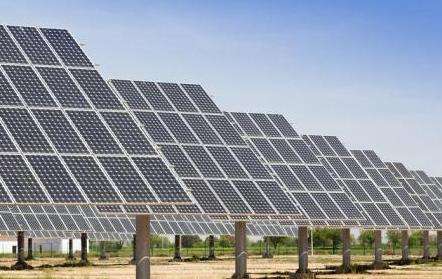Nestlé.
1. Nestlé's drinking water source is natural and undergoes a natural purification cycle. The natural minerals it contains are mostly in the ionic state and are easily absorbed by the human body. The taste is clear and sweet. It is difficult to trace the water source in Dongting, and there is also a common problem of "thousands". boiling water". The taste is not as good as Nestlé.
2. Nestlé Waters is the global authority in bottled water and has production technology very advanced in ensuring the quality of Nestlé water; Dongting Mountain has not clearly stated this. In comparison, Nestlé Water is better. pure water or mineral water?
Dongting Mountain bottled water can be drunk directly Dongting Mountain bottled water is pure water, which is produced. from water that respondsto health standards for drinking water as raw water by electrodialyzer method, ion exchanger method, reverse osmosis method, distillation method and other methods of appropriate treatment. It is sealed in the container. and contains no additives. It is colorless and transparent and can be drunk directly.
Purified water
Purified water: Called purified water or pure water, it is pure, clean water that does not contain impurities or bacteria and is suitable for daily life. Water meeting the hygiene standards of drinking water is raw water, which is produced by electrodialyzer method, ion exchange method, reverse osmosis method, distillation and other suitable processing methods. It is sealed in a container and does not contain any. additives. It is transparent in color and can be drunk directly.
Space water and distilled water soldes on the market are all pure water. The term is sometimes used in association with distilled water or rainwater produced in chemical laboratories.
Natural spring water: This is a place where groundwater naturally emerges to the surface, or a place where underground aquifers are exposed to the surface. According to the different water flow conditions, it can be divided into geysers and constant springs. If there is no obvious flow of groundwater after it is exposed to the surface, it is called infiltration. Depending on the temperature of the water flow, springs can be divided into hot springs and cold springs. The source can be divided into eight levels depending on the size of its flow. The flow rate of the first level source exceeds 100 cubic feet (2,800 liters) per second, the flow rate of the second level source is between 10 and 100 liters. feet per second, and the flow rate of the eighth level spring isless than 100 cubic feet per second, 1 pint per minute (8 ml per second).














